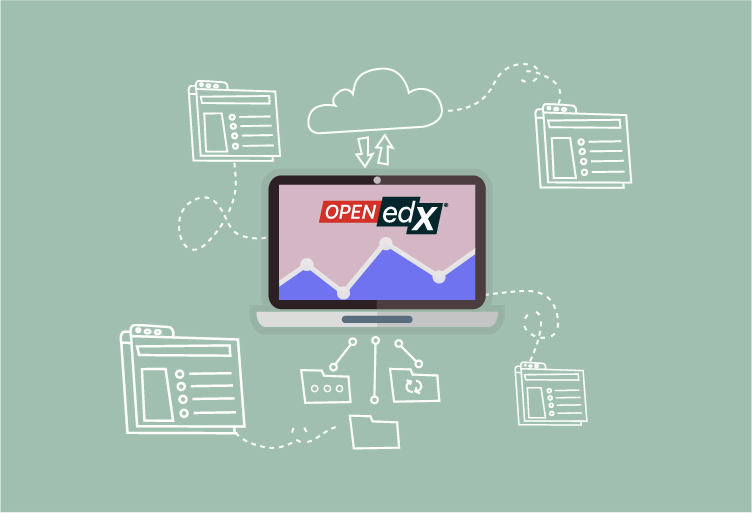Self-directed learning in the most broad terms is the process of the learning activity where the learners themselves assess their skills and knowledge, identify the weak points, formulate the training goals, select the training methods to close the gaps, execute the required actions and evaluate the results © Malcolm Knowles, 1975.
Thus said, applying this approach in corporate training or higher education usually requires a significant amount of effort both from the supervisors and the learners themselves. Why so?
- Acknowledgement of own incompetence in certain areas does not come easy for the majority of learners. This is a painful experience on its own, even more painful when received from another person. Therefore, even the first step in the process demands a certain level of trust and willingness to collaborate between the learner and the supervisor, as well as certain diplomatic skills from the latter.
- Determining the timeframes for the unit of study can be troublesome as these depend heavily on the preferred way of obtaining the information, learning material availability, intensity of instructor consultations and many more factors.
- Closing the gaps might require using the tools or activities the learner is not fond of, meaning that each learner should develop a personalized learning plan. Reviewing such plans and monitoring their completion can be very time-consuming for the instructor.
- Individual training progress and outcomes are hard to track for the supervisor, as the training goals can vary too much, which demands the supervisor to devote significant time and effort to tracking the progress of separate learners.
- Learner collaboration options might be limited, due to self-directed learning plans being so various. Thus said, some learners might lack support and guidance from their colleagues or supervisors, which can result in lesser engagement and worse training outcomes.
- The learners might have a hard time using the results of their self-directed learning efficiently. In most of the cases they should just accomplish several milestones in the learning contract for their training to be considered successful, yet the skills and knowledge obtained this way can be forgotten quite easily if not retrained from time to time.
Learning contracts are the usual way of addressing these challenges in higher education and corporate learning, though they demand great dedication from the learner in order to be accomplished. Graduate works are particular examples of a self-directed learning in higher education and we all understand the challenges both the students and the teachers face while completing them.
However, a good learning management system like Open edX platform can be a real game changer for this situation, as it allows addressing these issues with ease:
- Quizzes, tests and questionnaires can help the learners assess their skills and knowledge individually and determine the areas where they fall behind. This way the system is able to suggest each learner an appropriate personalized learning plan. Such approach removes the tension of incompetence acknowledgement from the equation.
- Open edX platform is able to provide asynchronous learning to allow the learners comprehend the knowledge at their own pace, regardless of the rest of the group progress, which helps grow self-confidence and increases the engagement significantly.
- Open edX platform includes a flexible online course creation tool, Studio CMS. It allows composing content from any types of materials, so the requirements of any instructional design will be covered to cater the preferences of all types of learners. Borders of engagement possibilities are limited only with instructional designer’s imagination.
- The LMS delivers personalized training experiences that are automatically tracked and graded by built-in Open edX analytics system, thus allowing the supervisor to monitor each learner’s progress effortlessly, without keeping all the details in mind.
- Many learner communication and collaboration tools (discussion forums, wikis, cohorts, social network integration) allow every learner to stay in touch with their colleagues and supervisors and receive the help easily should the need arise.
- All Open edX courseware is available to the learner after course completion, thus enabling efficient and in-depth reaccessment of the material any time and increasing the efficiency of self-directed learning.
We firmly believe Open edX platform to be a great choice as a learning management system for self-directed learning. What’s your opinion on this matter? Please share your thoughts in the comments below!



